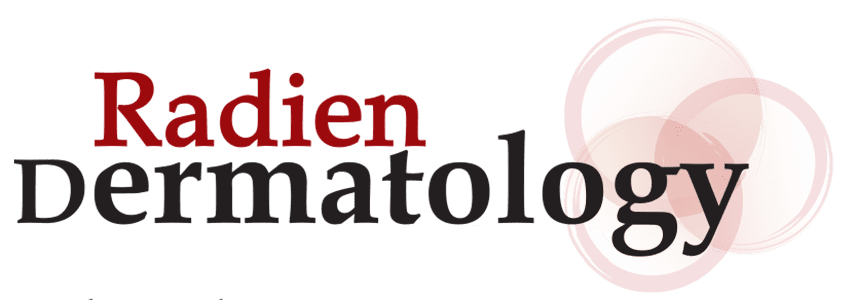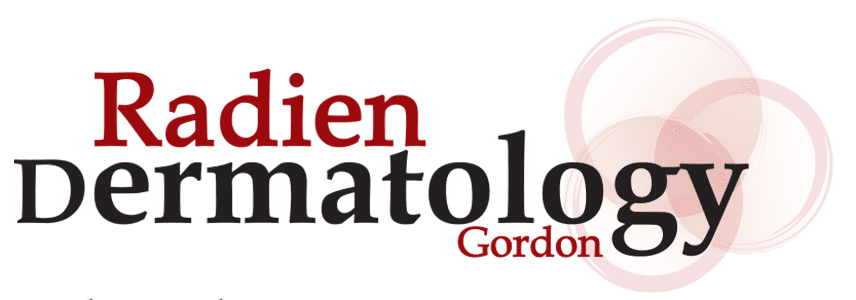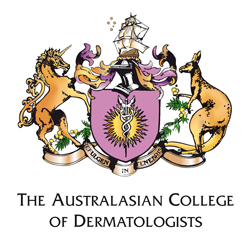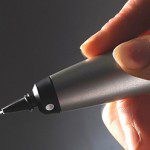Nail Apparatus Melanoma
Australasian Journal of Dermatology
Volume 42, Issue 2, pages 71–83, May 2001
1440-0960/asset/cover.gif?v=1&s=9cb31ba89a92b9f10e2a36d20b4714d7ee7ac497)
Nail apparatus melanoma is a relatively rare variant of melanoma with a disproportionately high mortality when compared with melanoma elsewhere. The aetiology and natural history remain poorly understood. There is no clear epidemiological association with race, skin type or sun exposure. Universally accepted clinical and histological criteria for the diagnosis of early nail apparatus melanoma have not been defined. The two cardinal clinical signs are melanonychia striata and Hutchinson’s sign. These are useful but not pathognomonic of melanoma. Diagnostic delay is frequent and patients commonly have advanced disease at the time of diagnosis. Surgical excision is advocated for treatment of stage I disease; however, the most appropriate re-excision margins, including the level of amputation where required, have not been determined. Early diagnosis and excision of the tumour is the only treatment known to increase survival. Adjuvant systemic chemotherapy, isolated limb perfusion, and routine elective lymph node dissection have been used, but no survival benefit has been demonstrated.
Thai, K.-E., Young, R. and Sinclair, R. D. (2001), CONTINUING MEDICAL EDUCATION REVIEW Nail apparatus melanoma. Australasian Journal of Dermatology, 42: 71–83. doi: 10.1046/j.1440-0960.2001.00486.x




